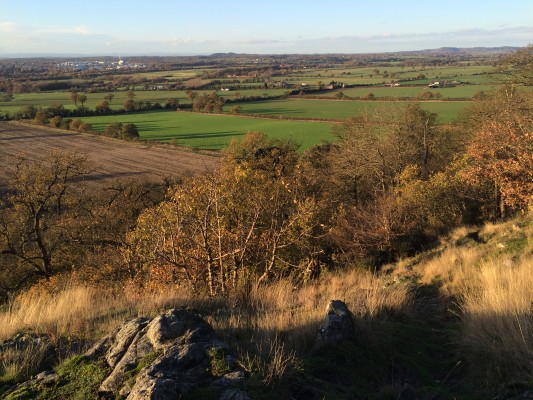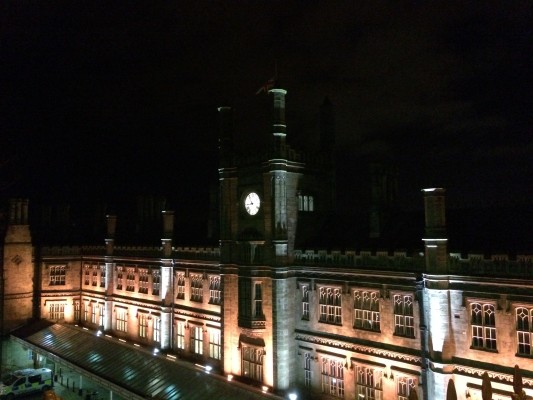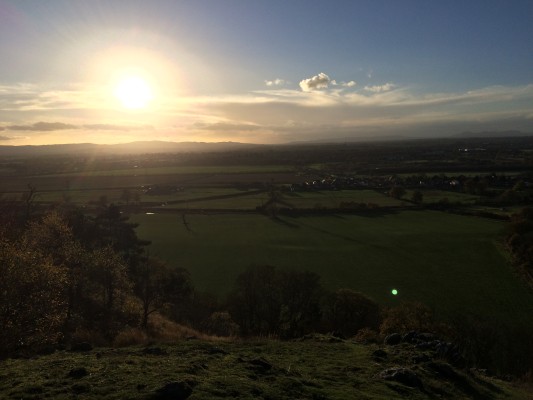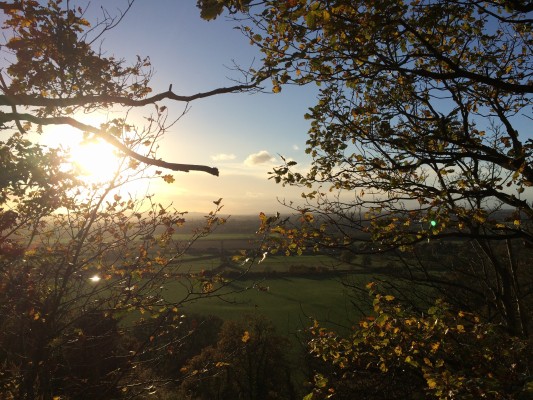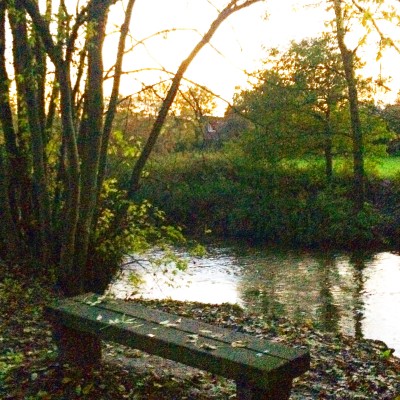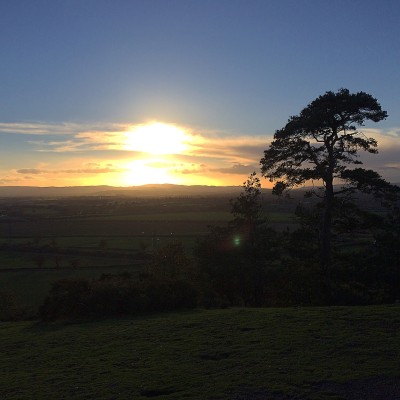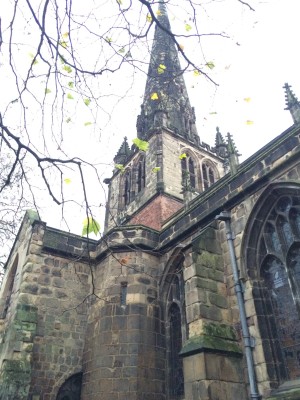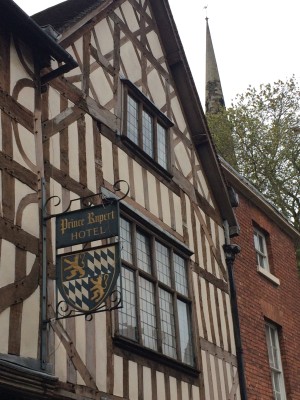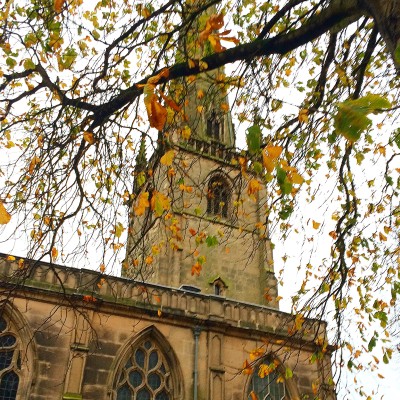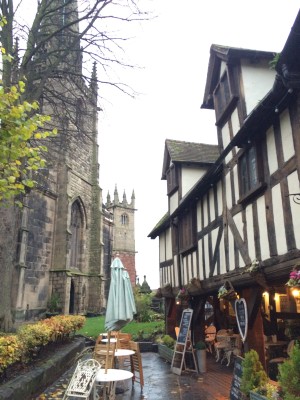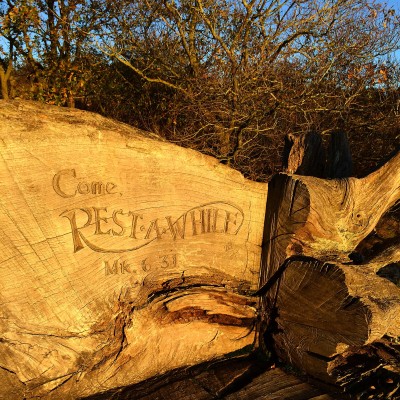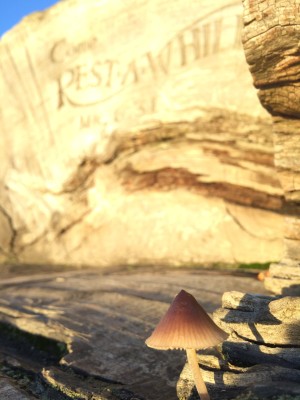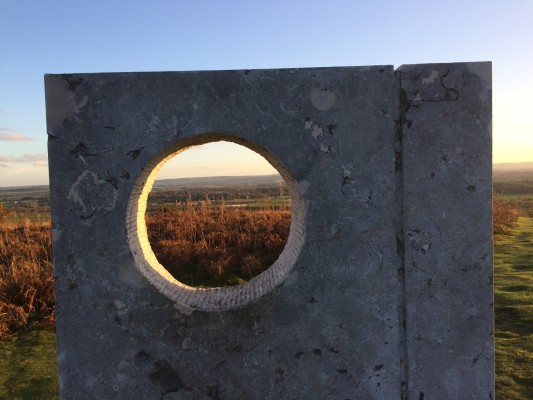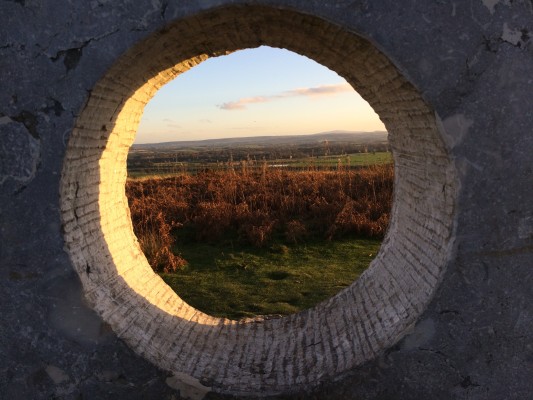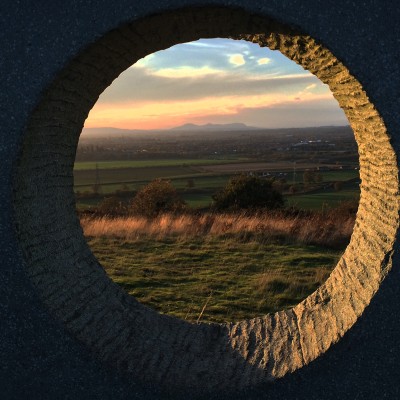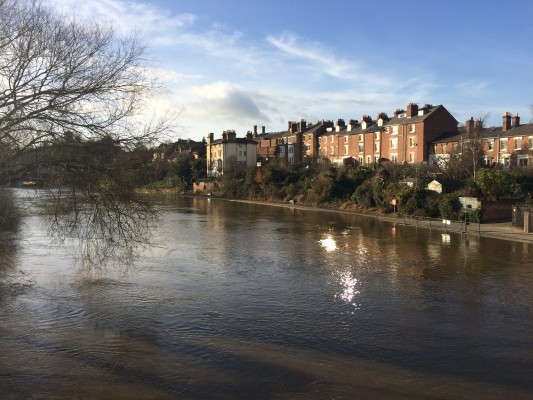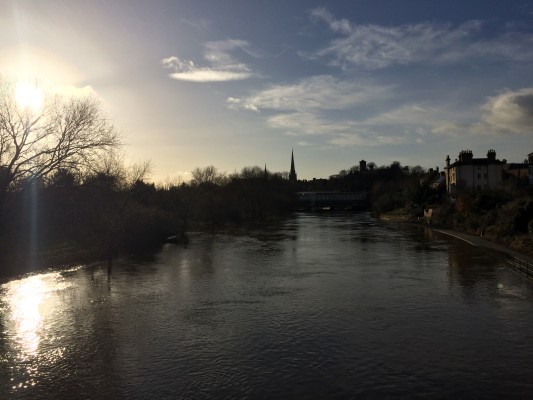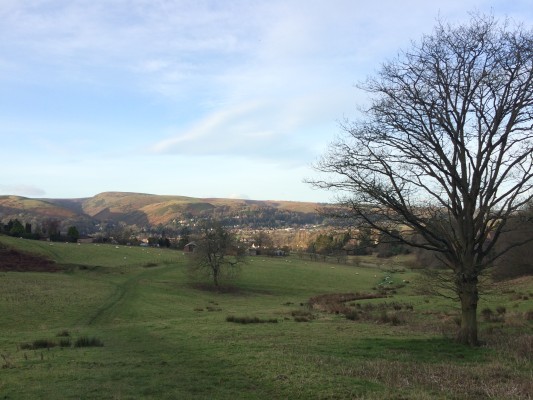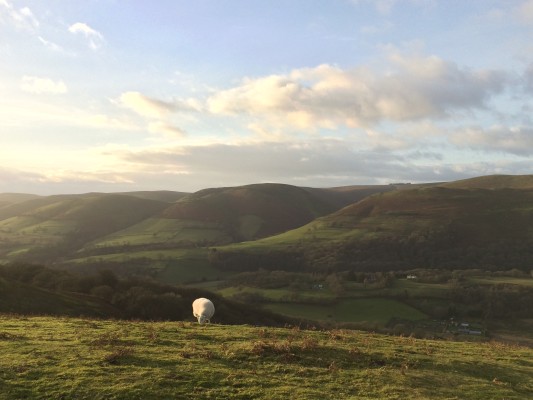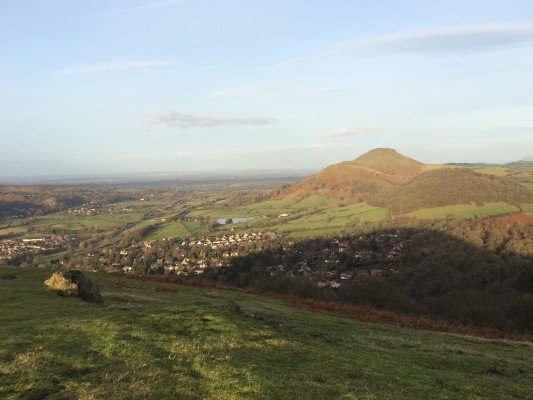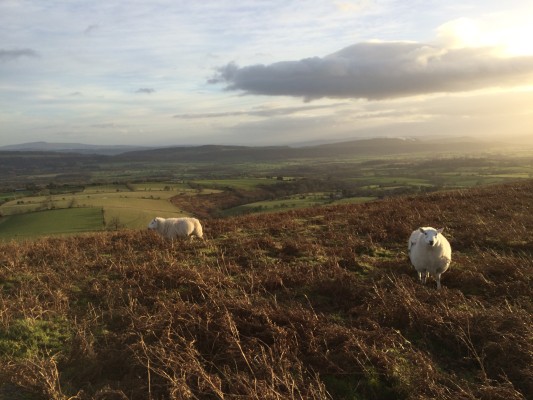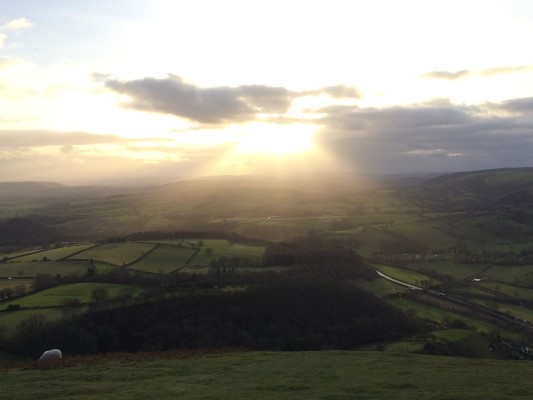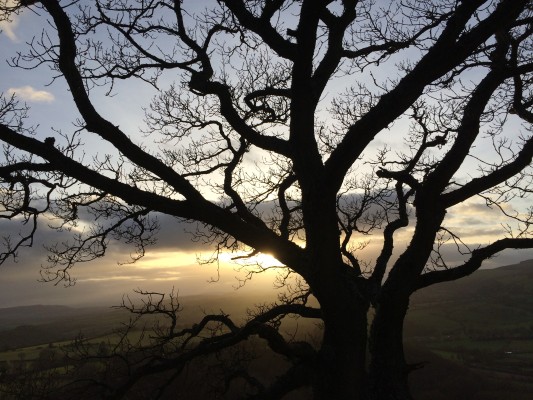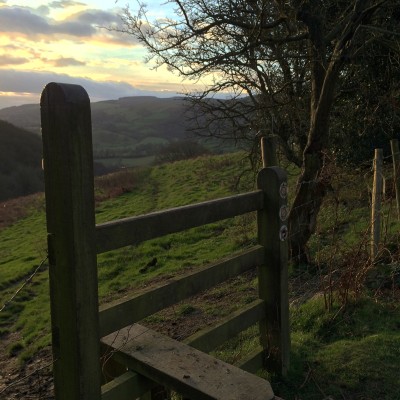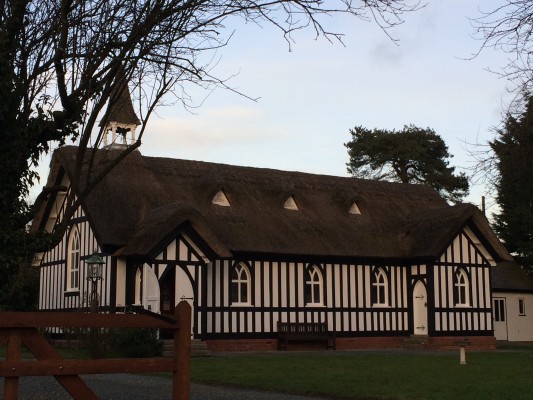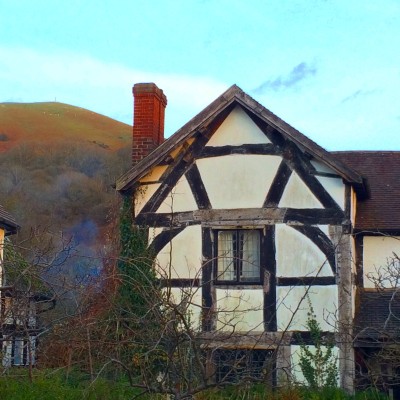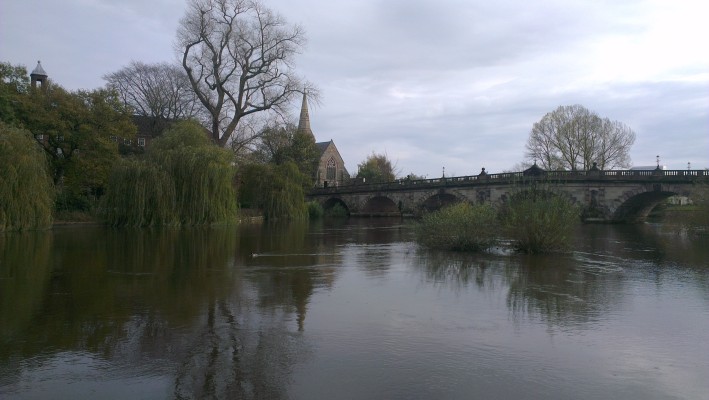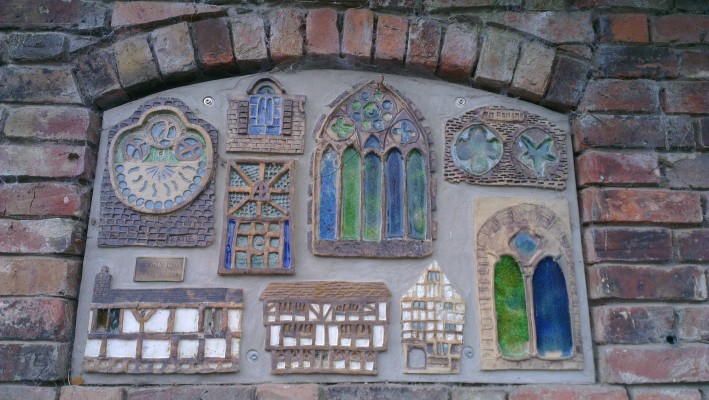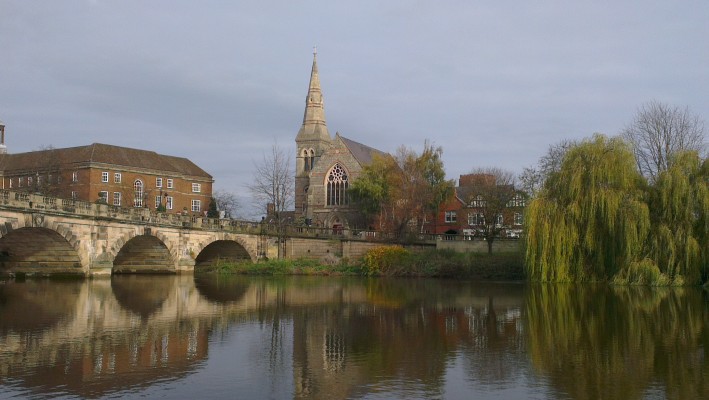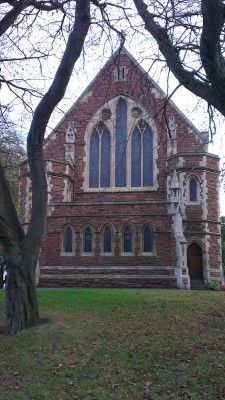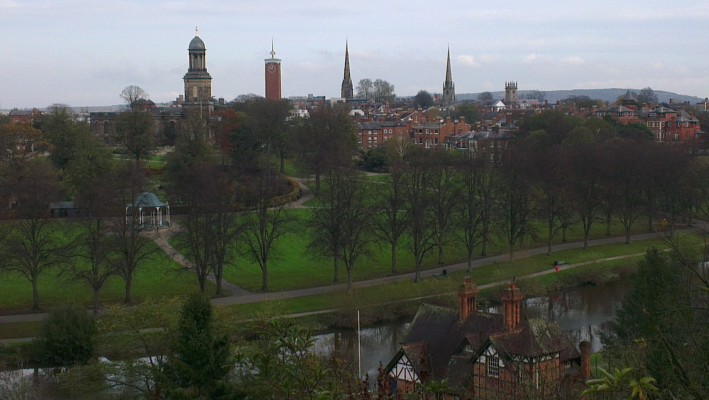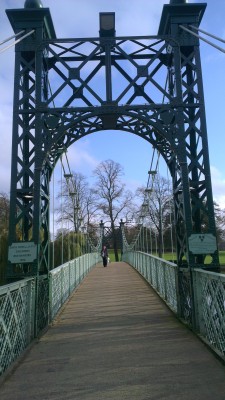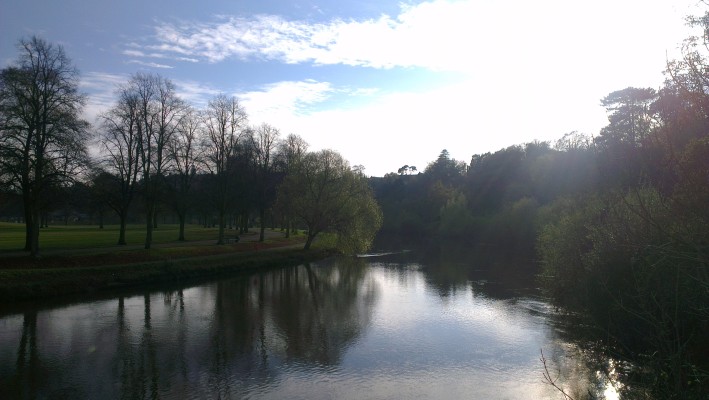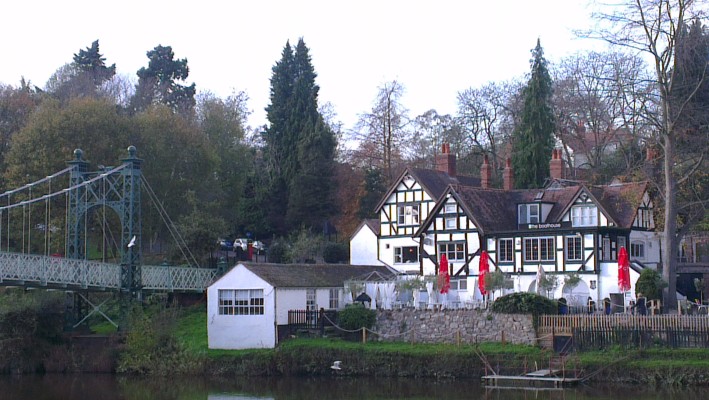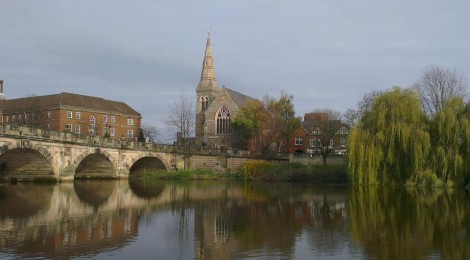
A trip to Shrewsbury – discovering Shropshire
Shropshire is a part of England that was previously unknown to me, and whilst it’s hardly the Outer Hebrides, it’s located far enough from my usual stomping grounds to avoid my attention. On my last few trips however I was delighted to be invited to visit the county’s market town of Shrewsbury, enjoying the initial visit so much that successive visits were planned into my usual UK mini tour.
The historic town is truly unique, ringed by the River Severn (the longest river in the UK), which has prevented the sprawling urban development typically seen in other towns across the country, and ensuring plenty of green spaces. Meanwhile the town itself tells a thousand different stories with more than 660 listed buildings still laid out according to a traditional medieval street plan, and including several well known and provocatively-named ‘shuts’ (passages and small alleyways that pass through buildings to connect streets) such as Dogpole and Grope Lane (find out more about the origins of these names here).
Some of the key historic buildings worth taking a look at include Shrewsbury Library (take a wander upstairs to check out the engraved initials of centuries-worth of bored students), Shrewsbury Public School (notable former students including John Peel, Micheal Palin and Nick Hancock), Shrewsbury Castle, Shrewsbury Abbey and the numerous beautiful old churches, Shrewsbury Music Hall (we actually watched a cinema screening here), the Lord Hill’s Column (the largest free-standing Doric column in the world) and The Mount, the birthplace of Charles Darwin, all interspersed with a myriad of specialist shops and traditional pubs.
Being the lover of water that I am however, for me the highlight was the river itself, enjoyed from various locations – walking over the numerous bridges and along the banks, through The Quarry Park (the central park area that I can only imagine is even more beautiful in the summer) and further afield away from the main river, with evening strolls along Rea Brook in search of the elusive otters.
My desire for greenery and nature was not satiated by this activity in the town itself, but luckily the surrounding countryside is stunning and easily accessible from the centre. One trip saw us take a walk up Haughmond Hill, to check out the great views toward the Welsh hills (the border is only nine miles away), and what are apparently the oldest rocks in the country! On another occasion (one of my favourite excursions) we took a train to the nearby village of Church Stretton and ambled up into the hills there around sunset before retreating from the wind to the warm and welcoming arms of a local pub and its roaring fire.
Even after a couple of visits, there is still more I would like to see and do here – the nearby Roman city of Wroxeter is supposed to be an interesting place to visit, as is the birthplace of the Industrial Revolution, Ironbridge Gorge, so it looks like this will have to be added to my UK hitlist! If anyone is familiar with the area, do let me know if there’s anywhere else I’ve missed!











